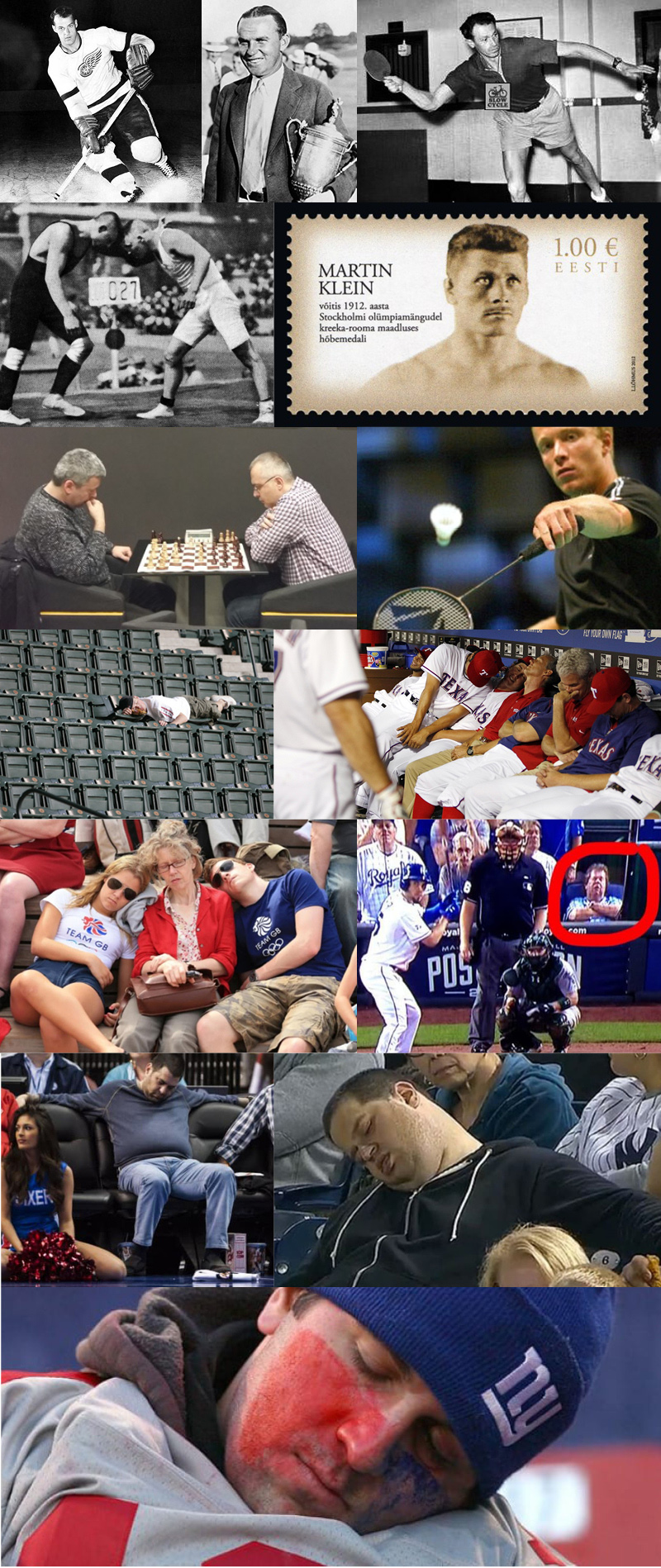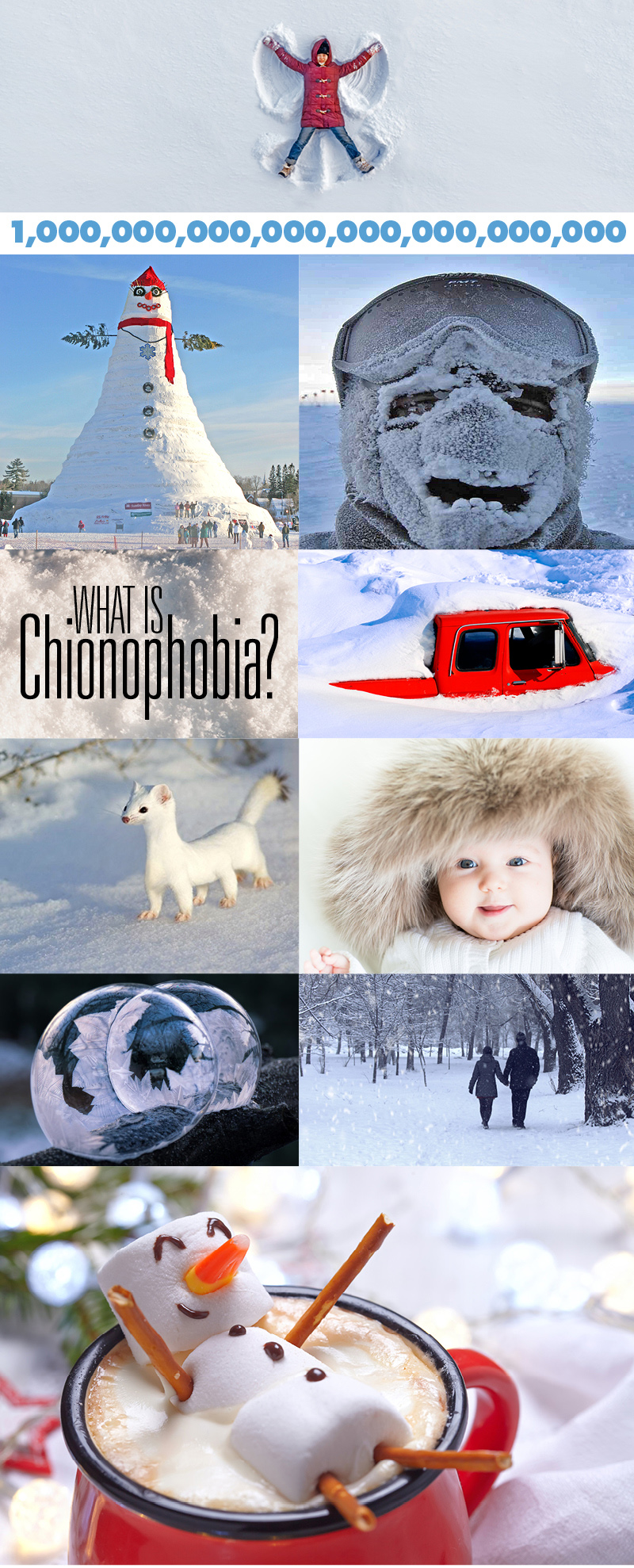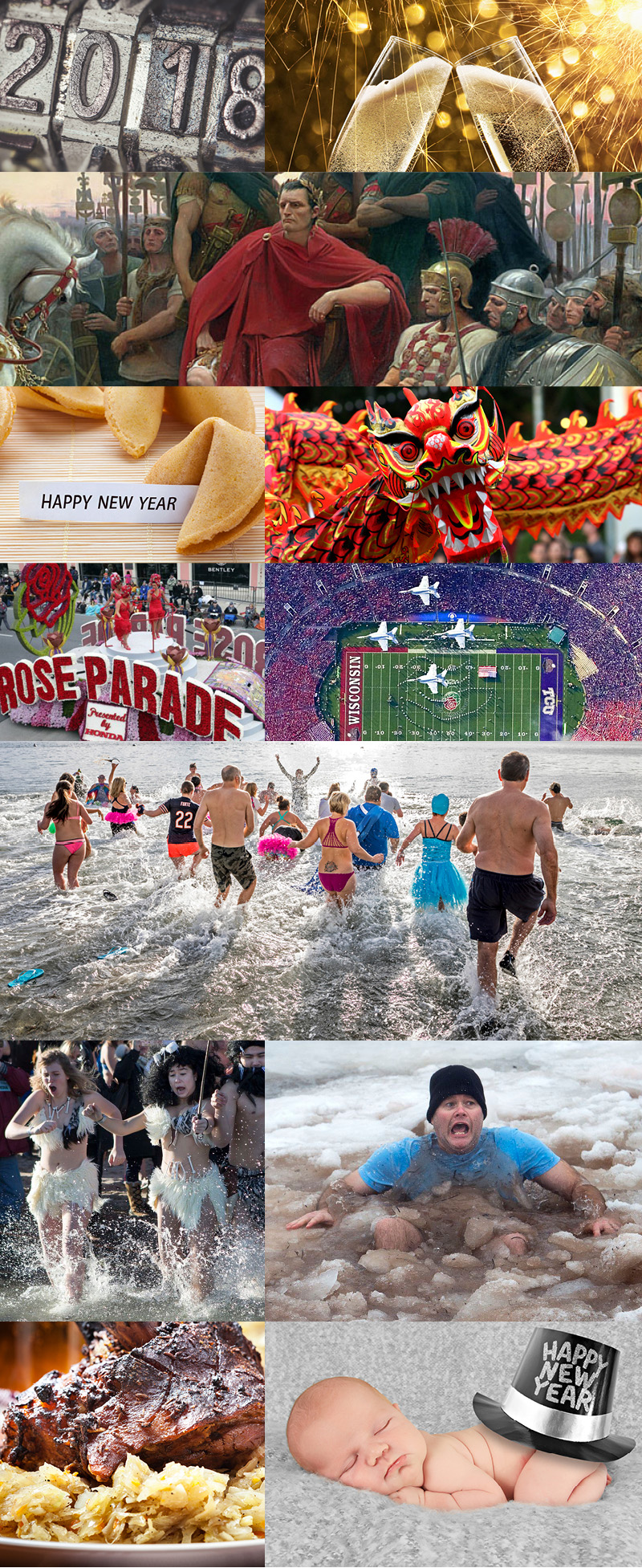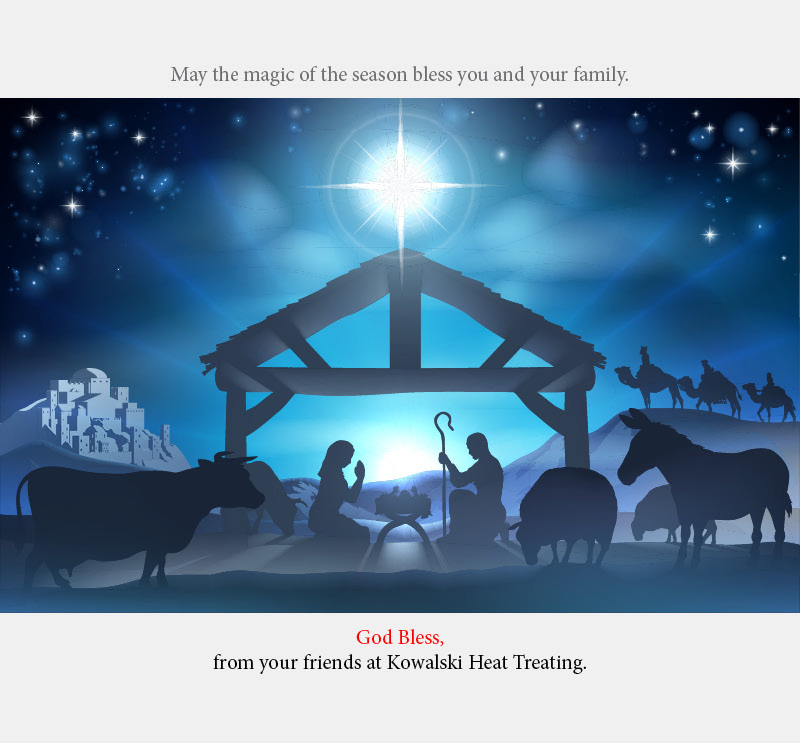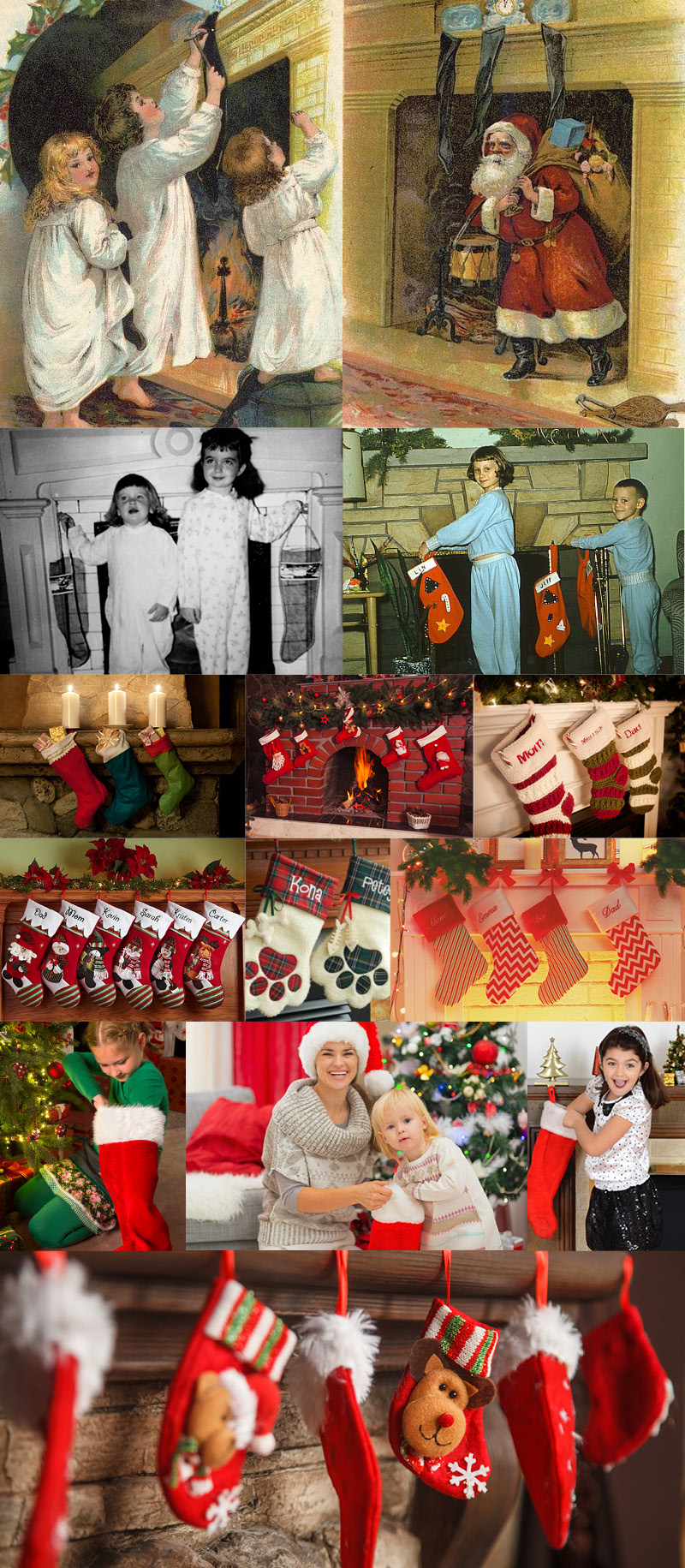Those Famous Five Rings

(top three photos) In 2011, International Olympic Committee President Jacques Rogge announces Pyeongchang as the winning city for the 2018 Winter Olympic Games; There’s nothing like a map to show where exactly Pyeongchang, South Korea is located; The slopes at night. Magical. (montage of images) The events are all exciting and so much fun to watch; (bottom right) Britain’s Ethel Muckelt won the bronze medal for singles figure skating at the very first Winter Olympics in 1924. My, how fashions have changed.
Get the current local time in Pyeongchang HERE
See NBC’s full coverage schedule HERE
Check out the official Winter Olympics website HERE
Now that I’ve finally settled down from the exciting Super Bowl finish, one of my favorite events kicked off this week – the Olympic Games, hosted in Pyeongchang, South Korea, about 80 miles (125 kilometers) east of Seoul and about 60 miles south of the Demilitarized Zone separating North and South Korea. Jackie and I especially love the Winter Olympics – from the opening ceremony all the way to the final events. With the time change this year, we’ll be able to see many of the events live. Not only do I like the main sports like side by side downhill skiing and luge (what are those people thinking???) but I also find myself glued to the television, hoping to see if the Canadian skip can “soft rock a draw turn-in kizzle kazzle hammer off the hack to tuck just inside the 6-footer back end to blank the Ukrainians (not bad, eh?). I also love to watch the young bucks tackle the half pipe and do those insane triple flips off the super free-style ramps. For my trivia buffs, and those who want to be the “Cliff Klaven’s” in the room when it comes to Olympic trivia, here you go. Special thanks to History.com, CNN and Wikipedia for the goodies. (before you start, email me if you know what the five rings stands for….)
- The Olympic Games, which originated in ancient Greece as many as 3,000 years ago, were revived in the late 19th century and have become the world’s preeminent sporting competition.
- The first written records of the ancient Olympic Games date to 776 B.C., when a cook named Coroebus won the only event–a 192-meter footrace called the stade (the origin of the modern “stadium”)–to become the first Olympic champion. However, it is generally believed that the Games had been going on for many years by that time.
- Legend has it that Heracles, son of Zeus and the mortal woman Alcmene, founded the Games, which by the end of the 6th century B.C had become the most famous of all Greek sporting festivals.
- The ancient Olympics were held every four years between August 6 and September 19 during a religious festival honoring Zeus. The Games were named for their location at Olympia, a sacred site located near the western coast of the Peloponnese peninsula in southern Greece. Their influence was so great that ancient historians began to measure time by the four-year increments in between Olympic Games, which were known as Olympiads.
- After 13 Olympiads, two more races joined the stade as Olympic events: the diaulos (roughly equal to today’s 400-meter race), and the dolichos (a longer-distance race, possibly comparable to the 1,500-meter or 5,000-meter event). The pentathlon (consisting of five events: a foot race, a long jump, discus and javelin throws and a wrestling match) was introduced in 708 B.C., boxing in 688 B.C. and chariot racing in 680 B.C. In 648 B.C., pankration, a combination of boxing and wrestling with virtually no rules, debuted as an Olympic event.
- Participation in the ancient Olympic Games was initially limited to freeborn male citizens of Greece; there were no women’s events, and married women were prohibited from attending the competition.
- After the Roman Empire conquered Greece in the mid-2nd century B.C., the Games continued, but their standards and quality declined. In one notorious example from A.D. 67, the decadent Emperor Nero entered an Olympic chariot race, only to disgrace himself by declaring himself the winner even after he fell off his chariot during the event.
- The first modern Olympics were held in Athens, Greece, in 1896. In the opening ceremony, King Georgios I and a crowd of 60,000 spectators welcomed 280 participants from 13 nations (all male), who would compete in 43 events, including track and field, gymnastics, swimming, wrestling, cycling, tennis, weightlifting, shooting and fencing.
- The 1896 Games also featured the first Olympic marathon, which followed the 25-mile route run by the Greek soldier who brought news of a victory over the Persians from Marathon to Athens in 490 B.C. Fittingly, Greece’s Spyridon Louis won the first gold medal in the event. In 1924, the distance would be standardized to 26 miles and 385 yards.
- All subsequent Olympiads have been numbered even when no Games take place (as in 1916, during World War I, and in 1940 and 1944, during World War II). The official symbol of the modern Games is five interlocking colored rings, representing the continents of North and South America, Asia, Africa, Europe and Australia. The Olympic flag, featuring this symbol on a white background, flew for the first time at the Antwerp Games in 1920.
- The Olympics truly took off as an international sporting event after 1924, when the VIII Games were held in Paris. Some 3,000 athletes (with more than 100 women among them) from 44 nations competed that year, and for the first time the Games featured a closing ceremony.
- The Winter Olympics debuted in 1924 as well, including such events as figure skating, ice hockey, bobsledding and the biathlon.
- According to the IOC, the host city is responsible for, “…establishing functions and services for all aspects of the Games, such as sports planning, venues, finance, technology, accommodation, catering, media services etc., as well as operations during the Games.” Due to the cost of hosting an Olympic Games, most host cities never realize a profit on their investment. To mitigate these concerns the IOC has enacted several initiatives, agreeing to fund part of the host city’s budget for staging the Games, limiting the qualifying host countries to those that have the resources and infrastructure to successfully host an Olympic Games without negatively impacting the region or nation, and finally, requiring cities bidding to host the Games to add a “legacy plan” to their proposal. (if you’ve watched the news, Brazil’s Olympic Village, infrastructure, housing and stadiums are in shambles and abandoned)
If you really want to impress your friends, here is the long history and trivia of the winter games … I now hold the gold medal world record for the longest Olympic trivia blog post J … did you know:
- A predecessor to the Olympic games were the Nordic Games, organized by General Viktor Gustaf Balck in Stockholm, Sweden in 1901. Balck was a charter member of the International Olympic Committee (IOC) and a close friend of Olympic Games founder Pierre de Coubertin.
- The 1916 Games, which were to be held in Berlin, Germany as a winter sports week with speed skating, figure skating, ice hockey and Nordic skiing was planned, but cancelled after the outbreak of World War I. The first Olympics after the war, the 1920 Summer Olympics, were held in Antwerp, Belgium, and featured figure skating and an ice hockey tournament.
- The Games proved to be a success when in France more than 250 athletes from 16 nations competed in 16 events. Athletes from Finland and Norway won 28 medals, more than the rest of the participating nations combined.
- Moritz, Switzerland, was appointed by the IOC to host the second Olympic Winter Games in 1928. The opening ceremony was held in a blizzard while warm weather conditions plagued sporting events throughout the rest of the Games. Sonja Henie of Norway made history when she won the figure skating competition at the age of 15, and became the youngest Olympic champion in history, a distinction she held for 70 years.
- The next Winter Olympics held in Lake Placid, New York, was the first to be hosted outside of Europe. Seventeen nations and 252 athletes participated. This was less than in 1928, as the journey to Lake Placid was long and expensive for most competitors, who had little money in the midst of the Great Depression. Virtually no snow fell for two months before the Games. Eddie Eagan of the United States, who had been an Olympic champion in boxing in 1920, won the gold medal in the men’s bobsleigh event to become the first, and so far only, Olympian to have won gold medals in both the Summer and Winter Olympics.
- World War II interrupted the holding of the Winter Olympics. The 1940 Games had been awarded to Sapporo, Japan, but the decision was rescinded in 1938 because of the Japanese invasion of China. The Games were then to be held at Garmisch-Partenkirchen, Germany, but the 1940 Games were cancelled following the German invasion of Poland in 1939. Due to the ongoing war, the 1944 Games, originally scheduled for Cortina D’Ampezzo, Italy, were cancelled too.
- In 1948, St. Moritz became the first city to host a Winter Olympics twice. Twenty-eight countries competed in Switzerland, but athletes from Germany and Japan were not invited. Controversy erupted when two hockey teams from the United States arrived, both claiming to be the legitimate U.S. Olympic hockey representative. The Olympic flag presented at the 1920 Summer Olympics in Antwerp was stolen, as was its replacement.
- The Olympic Flame for the 1952 Games in Oslo, was lit in the fireplace by skiing pioneer Sondre Nordheim, and the torch relay was conducted by 94 participants entirely on skis. Norwegian athlete Hjalmar Andersen won three gold medals in four events in the speed skating
- In 1944, Cortina d’Ampezzo was selected to organise the 1956 Winter Olympics (the first games to be televised). At the opening ceremonies the final torch bearer, Guido Caroli, entered the Olympic Stadium on ice skates. As he skated around the stadium his skate caught on a cable and he fell, nearly extinguishing the flame. He was able to recover and light the cauldron. The Soviet Union made its Olympic debut and had an immediate impact, winning more medals than any other nation.
- The IOC awarded the 1960 Olympics to Squaw Valley, USA, an undeveloped resort in 1955 and built up at a cost of US $80,000,000.The opening and closing ceremonies were produced by Walt Disney, and these Olympics were the first to have a dedicated athletes’ village, the first to use a computer (courtesy of IBM) to tabulate results, and the first to feature female speed skating events.
- The Austrian city of Innsbruck was the host in 1964. Although Innsbruck was a traditional winter sports resort, warm weather caused a lack of snow during the Games and the Austrian army was asked to transport snow and ice to the sport venues. Soviet speed-skater Lidia Skoblikova made history by sweeping all four speed-skating events. Her career total of six gold medals set a record for Winter Olympics athletes. Luge was first contested in 1964, although the sport received bad publicity when a competitor was killed in a pre-Olympic training run.
- Held in the French town of Grenoble, the 1968 Winter Olympics were the first Olympic Games to be broadcast in color. There were 37 nations and 1,158 athletes competing in 35 events. Frenchman Jean-Claude Killy became only the second person to win all the men’s alpine skiing events. The organizing committee sold television rights for US $2 million.
- The 1972 Winter Games, held in Sapporo, Japan, were the first to be hosted outside North America or Europe. Three days before the Games IOC president Avery Brundage threatened to bar a number of alpine skiers from competing because they participated in a ski camp at Mammoth Mountain in the United States, reasoning that the skiers had financially benefited from their status as athletes and were therefore no longer amateurs. Eventually only Austrian Karl Schranz, who earned more than all the other skiers, was not allowed to compete.
- The 1976 Winter Olympics had been awarded in 1970 to Denver, US, but the voters of the state of Colorado voted against public funding of the games by a 3 to 2 margin. The IOC turned to offer the Games to Vancouver-Garibaldi, British Columbia, but a change in provincial government did not support the Olympic bid, so the offer was rejected. Despite only having half the time to prepare for the Games, Innsbruck accepted the invitation to replace. Two Olympic flames were lit because it was the second time the Austrian town had hosted the Games.
- In 1980 the Olympics returned to Lake Placid, which had hosted the 1932 Games, where the first boycott of a Winter Olympics took place, when Taiwan refused to participate after an edict by the IOC mandated that they change their name and national anthem because China wanted to use the same. American speed-skater Eric Heiden set either an Olympic or world record in each of the five events he competed in, breaking the record for most individual golds in a single Olympics (both Summer and Winter). Hanni Wenzel won both the slalom and giant slalom and her country, Liechtenstein, became the smallest nation to produce an Olympic gold medalist. And of course, in the “Miracle on Ice” the American hockey team comprised of college players and coach Brooks beat the favored seasoned professionals from the Soviet Union, and then went on to win the gold medal.
- Sarajevo, Yugoslavia hosted the games in 1984. The Games were well-organized and not affected by the run-up to the war that engulfed the country eight years later. Host nation Yugoslavia won its first Olympic medal when alpine skier Jure Franko won a silver in the giant slalom. British free ice dancers Jayne Torvill and Christopher Dean, skating to Ravel’s Boléro, earned the pair the gold medal after achieving unanimous perfect scores for artistic impression.
- In 1988 the Canadian city of Calgary hosted the first Winter Olympics to span 16 days. New events were added in ski-jumping and speed skating; while future Olympic sports curling, short track speed skating and freestyle skiing made their appearance as demonstration sports. East German Christa Rothenburger won the women’s 1,000 metre speed skating event. Seven months later she would earn a silver in track cycling at the Summer Games in Seoul, to become the only athlete to win medals in both a Summer and Winter Olympics in the same year.
- The 1992 Games were the last to be held in the same year as the Summer Games. Political changes of the time were reflected in the Olympic teams appearing in France: this was the first Games to be held after the fall of Communism and the fall of the Berlin Wall, and Germany competed as a single nation for the first time since the 1964 Games; former Yugoslavian republics Croatia and Slovenia made their debuts as independent nations; most of the former Soviet republics still competed as a single team known as the Unified Team, but the Baltic States made independent appearances for the first time since before World War II. At 16 years old, Finnish ski jumper Toni Nieminen made history by becoming the youngest male Winter Olympic champion.
- In 1986 the IOC had voted to separate the Summer and Winter Games and place them in alternating even-numbered years. This change became effective for the 1994 Games, held in Lillehammer, Norway, which became the first Winter Olympics to be held separately from the Summer Games. American skater Nancy Kerrigan was injured in an assault planned by the ex-husband of opponent Tonya Harding. Both skaters competed in the Games, but the gold medal was controversially won by Oksana Baiul, becoming Ukraine’s first Olympic champion (Kerrigan won silver).
- The 1998 Winter Olympics were held in the Japanese city of Nagano and were the first Games to host more than 2,000 athletes. The men’s ice hockey tournament was opened to professionals for the first time, and women’s ice hockey made its debut (the United States won the gold). Tara Lipinski of the United States, age 15, became the youngest female gold medalist in an individual event ever. New world records were set in speed skating because of the introduction of the clap skate.
- The 2002 Winter Olympics were held in Salt Lake City, US, the first to take place since the September 11 attacks of 2001, which meant a higher degree of security to avoid a terrorist attack. The opening ceremonies of the games saw signs of the aftermath of the events of that day, including the flag that flew at Ground Zero, NYPD officer Daniel Rodríguez singing “God Bless America”, and honor guards of NYPD and FDNY German Georg Hackl won a silver in the singles luge, becoming the first athlete in Olympic history to win medals in the same individual event in five consecutive Olympics. Canada achieved an unprecedented double by winning both the men’s and women’s ice hockey gold medals.
- The Italian city of Turin hosted the 2006 Winter Olympics, the second time that Italy had hosted the Winter Olympic Games. South Korean athletes won 10 medals, including 6 gold in the short-track speed skating events. Sun-Yu Jin won three gold medals while her teammate Hyun-Soo Ahn won three gold medals and a bronze. In the women’s Cross-Country team pursuit Canadian Sara Renner broke one of her poles and, when he saw her dilemma, Norwegian coach Bjørnar Håkensmoen decided to lend her a pole. In so doing she was able to help her team win a silver medal in the event at the expense of the Norwegian team, who finished fourth. Claudia Pechstein of Germany became the first speed skater to earn nine career medals. Years later she tested positive for “blood manipulation” and received a two-year suspension and was precluded her from competing in Vancouver.
- The 2010 Winter Olympics went to Vancouver, the largest metropolitan area to host. Over 2,500 athletes from 82 countries participated in 86 events. The death of Georgian luger Nodar Kumaritashvili in a training run on the day of the opening ceremonies resulted in the Whistler Sliding Centre changing the track layout on safety grounds. The games were notable for the poor performance of the Russian athletes and President Dmitry Medvedev called for the resignation of top sports officials immediately after the Games.
- Sochi, Russia, was selected as the host city of the 2014 Winter Olympics, the first time that Russia hosted a Winter Olympics. Over 2800 athletes from 88 countries participated in 98 events. The Games were the most expensive so far, with a cost of £30 billion (USD 51 billion). Following their disappointing performance at the 2010 Games, and an investment of £600 million in elite sport, the host nation initially topped the medal table, taking 33 medals including 13 golds. However Grigory Rodchenkov, the former head of the Russian national anti-doping laboratory, subsequently claimed that he had been involved in doping dozens of Russian competitors for the Games, and that he had had the assistance of the Russian Federal Security Service in opening and re-sealing bottles containing urine samples so samples with banned substances could be replaced with “clean” urine. A subsequent investigation concluded that a state-sponsored doping program had operated in Russia from “at least late 2011 to 2015” across the “vast majority” of Summer and Winter Olympic sports. As of 23 December 2017, the IOC Disciplinary Commission has disqualified 43 Russian athletes and stripped 13 medals, knocking Russia from the top of the medal table, and putting Norway in the lead.
And as they say… after all this… “let the games begin!”

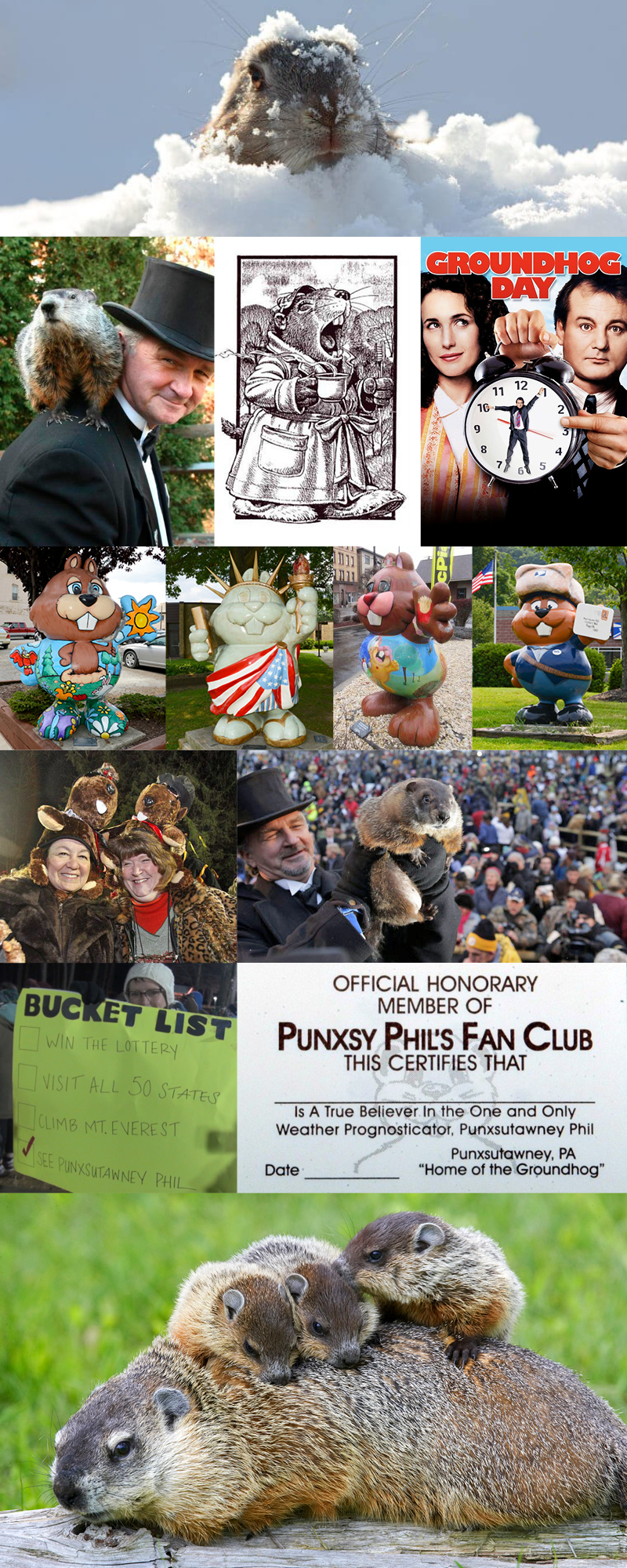

 (top five images) The board games my family love to play. (next row) The inventor of Scrabble,
(top five images) The board games my family love to play. (next row) The inventor of Scrabble, 